Adelaide, the capital city of South Australia, has a rich history of creation and development. Here’s a brief description of the history of Adelaide:
- Early Indigenous Inhabitants: Before the arrival of European settlers, the area now known as Adelaide was inhabited by various Indigenous Australian groups, primarily the Kaurna people. They had lived in the region for thousands of years, developing their own unique cultures, languages, and traditions.
- European Exploration: In the early 19th century, European explorers and navigators, including Matthew Flinders and Nicolas Baudin, explored the South Australian coastline. Their explorations laid the foundation for future colonization.
- Establishment of Adelaide: Adelaide was founded as a planned city in 1836 by Colonel William Light, the first Surveyor-General of South Australia. He selected the location for the city and designed it to be a well-organized and well-planned city with a grid layout. Light’s Plan of Adelaide ensured that the city would be easily navigable and aesthetically pleasing.
- South Australia’s Settlement: South Australia, including Adelaide, was established as a British colony in 1836. It was unique among the Australian colonies as it was not initially settled by convicts, and it promoted the principles of religious freedom and the sale of land to settlers, which attracted immigrants seeking a new life.
- Growth and Development: Adelaide’s growth was initially slow, but it gained momentum as more settlers arrived, particularly during the South Australian mining and pastoral booms. The city’s economy diversified with agriculture, mining, and manufacturing industries.
- Cultural and Educational Hub: Adelaide became a cultural and educational hub, boasting numerous universities, museums, and cultural institutions. The city’s parklands and green spaces were carefully preserved as part of its original design, contributing to its reputation as the “City of Parks.”
- 20th Century and Beyond: In the 20th century, Adelaide continued to grow and evolve, becoming a significant economic and cultural center in Australia. The city has seen various developments in industries like wine production, manufacturing, and technology. It’s also known for hosting major events and festivals, such as the Adelaide Festival, Adelaide Fringe, and the Tour Down Under.
- Urban Planning and Infrastructure: Adelaide’s city planners have made significant efforts to maintain its original grid layout, which helps with efficient urban planning and transportation. The city’s commitment to sustainability and green initiatives has led to it being recognized as one of the most livable cities in the world.
- Demographics and Multiculturalism: Adelaide’s population is diverse, with a mix of people from various cultural backgrounds. The city celebrates its multiculturalism through various cultural festivals and events.
In summary, Adelaide’s history is characterized by its well-planned beginnings, its development as a center for culture and education, and its ongoing growth and modernization. The city’s Indigenous heritage is also acknowledged and celebrated in various ways, making it a unique and vibrant place with a rich history.

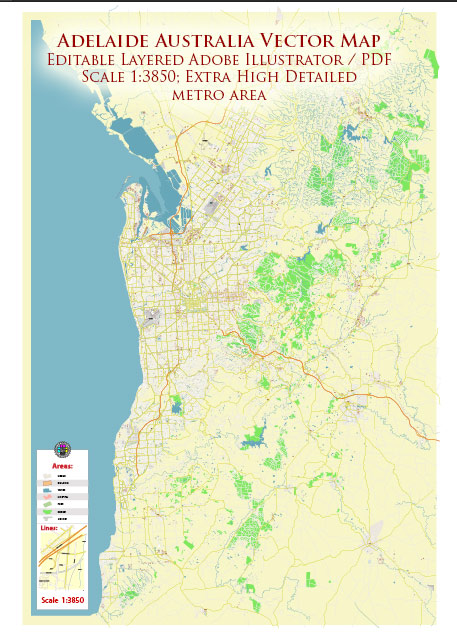

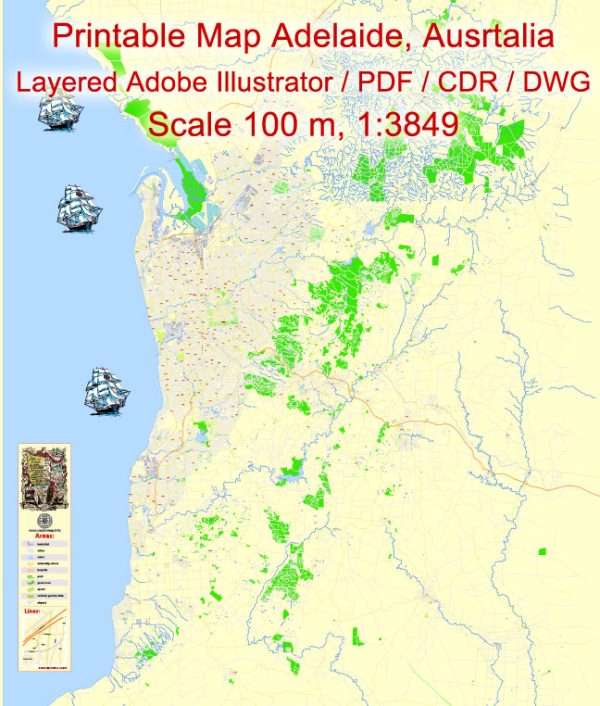
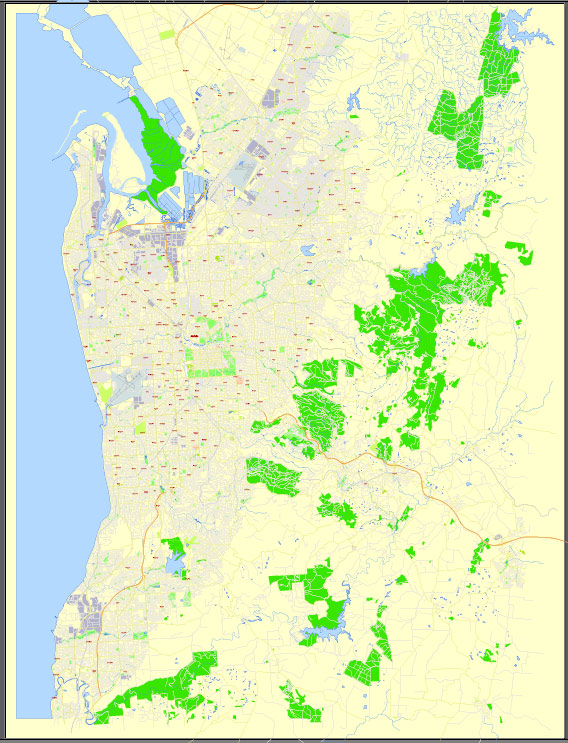
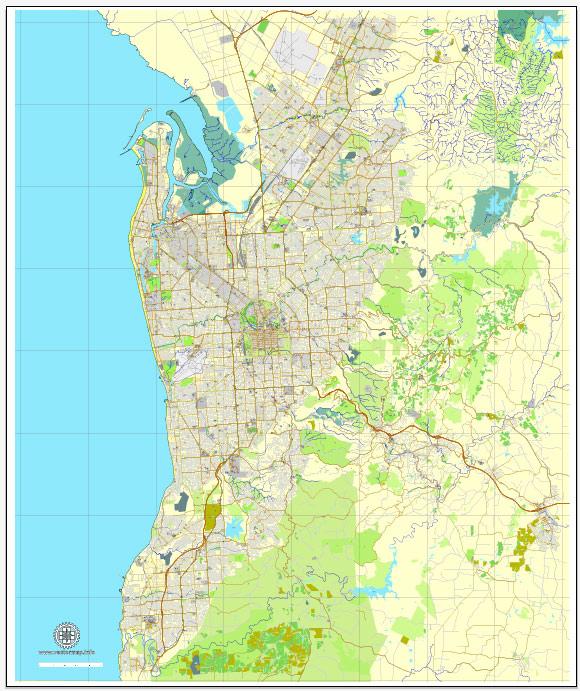
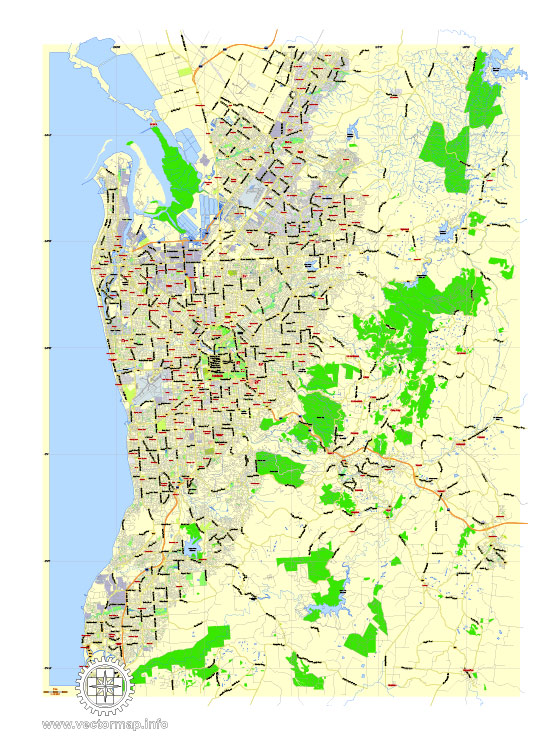
 Author: Kirill Shrayber, Ph.D.
Author: Kirill Shrayber, Ph.D.